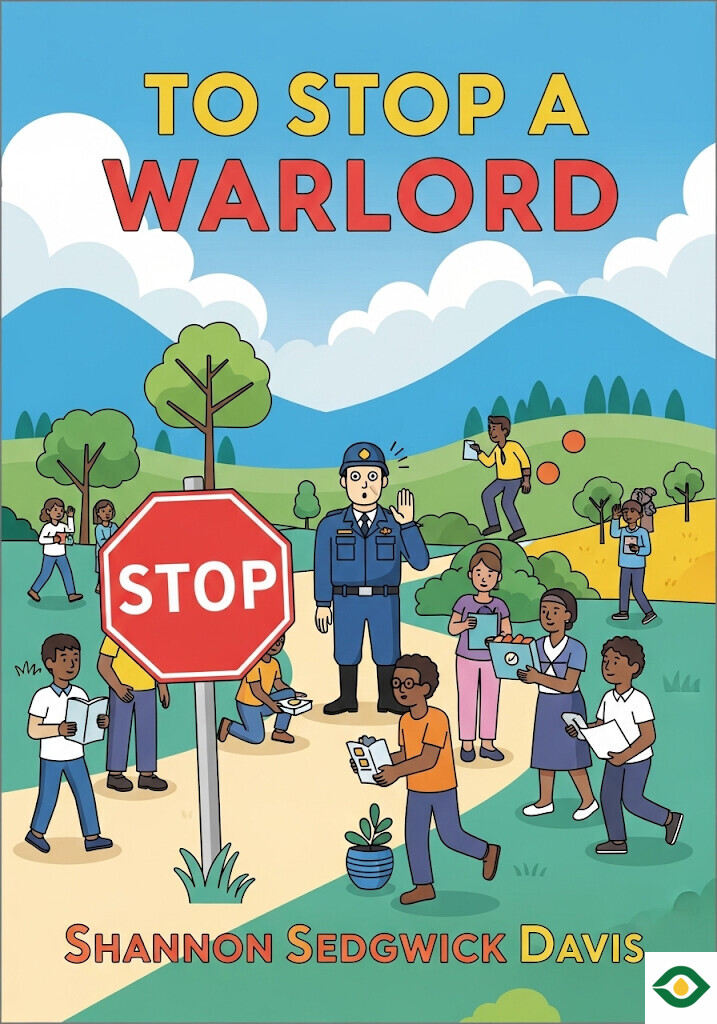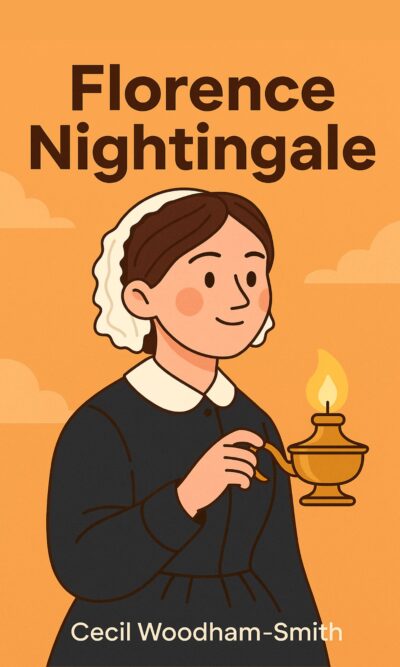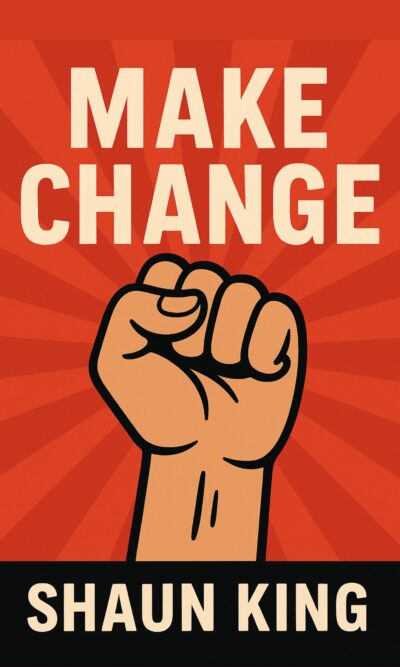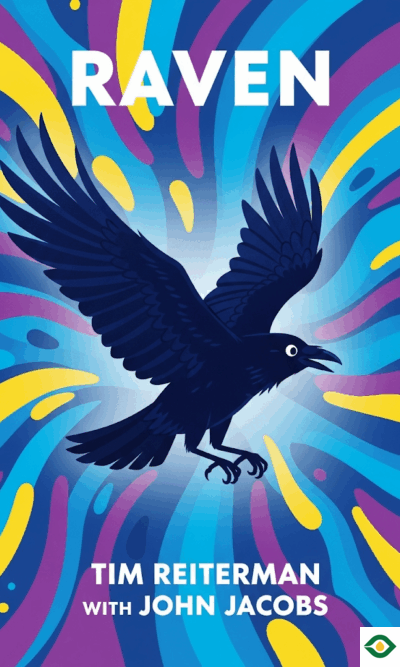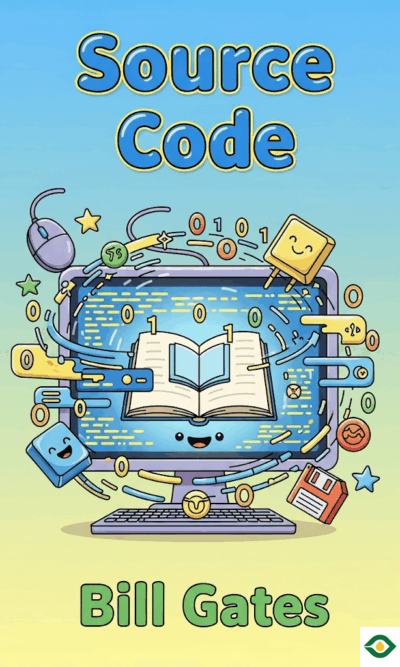Description
This is the true story of how a determined woman, Shannon Sedgwick Davis, refused to look away from one of the world’s most horrifying conflicts. For decades, a violent rebel group called the Lord’s Resistance Army, led by the ruthless warlord Joseph Kony, terrorized parts of Uganda, Sudan, Congo, and the Central African Republic. Their crimes included mass killings, burning villages, and abducting children to use as soldiers and slaves. Millions of people were displaced, and entire communities lived in fear. Governments and international organizations tried to stop them, but year after year, Kony remained free, and the violence continued.
Shannon Sedgwick Davis was a lawyer and a human rights activist living in Texas. She was already working on projects to end atrocities worldwide, but one event hit her especially hard. In December 2008, the Lord’s Resistance Army carried out massacres on Christmas Eve and Christmas Day in Congo and Sudan. Hundreds of innocent people were slaughtered, and many children were kidnapped. Shannon, holding her newborn son while reading the reports, could not shake the thought: if this was happening to mothers and children in her own community, she would never rest until it ended. That moment became a turning point.
She ran the Bridgeway Foundation, a group focused on stopping mass atrocities. Unlike others who mainly offered aid after the fact, Shannon wanted to stop violence before it spread. She realized that traditional methods—like relying on the United Nations, or waiting for weak governments to act—were failing. The rebels moved in remote forests, struck quickly, and disappeared. Peacekeepers often arrived too late or refused to fight. Shannon decided a different approach was necessary: empower communities directly and bring innovative action to the battlefield.
The first step was to help villages warn each other of approaching danger. In places without roads, phones, or reliable electricity, communication was almost impossible. Together with local leaders and activists, Shannon supported the creation of an “Early Warning Network.” This system used radios to connect remote communities so they could send alerts if rebels were near. It sounds simple, but it saved lives. Villages had time to hide, flee, or prepare defenses. It also gave outsiders reliable data about where the Lord’s Resistance Army was attacking. For the first time, survivors could tell their stories and document crimes immediately, rather than months later.
But radios alone could not stop the massacres. The rebels kept spreading into new territories, committing fresh atrocities. Shannon and her team began to think about a more daring path: supporting military action against the warlord. It was not a decision she took lightly. Working with armies was risky, and the region’s governments had their own troubling histories. But the alternative was worse—allowing Joseph Kony to keep destroying lives with no resistance. After deep discussion and legal checks, Shannon decided to back a special operation to directly weaken the Lord’s Resistance Army.
Her team partnered with the Ugandan army, the only force with experience fighting the group. But instead of giving general aid, they focused on training a small, specialized unit. For this, they turned to Eeben Barlow, a former South African soldier known for his skill in bush warfare. Barlow had fought in difficult terrains before and understood how to track elusive fighters in remote jungles. He agreed to help train the unit not for profit, but because he believed Africans should solve African problems.
The new force, called the Special Operations Group, went through grueling training. Only about half the recruits passed. They learned how to move quickly through the dense forest, how to survive with little supply, and how to outsmart enemies who knew the land better than anyone. Once ready, they began hunting Kony’s fighters across a massive area. Progress was slow, but soon they started winning small battles and capturing important commanders. Each capture chipped away at Kony’s power.
At the same time, Shannon’s team pushed another strategy: encouraging defections. Many of the Lord’s Resistance Army fighters had been kidnapped as children and forced into violence. They were not loyal soldiers by choice, but victims who feared punishment if they tried to escape. Shannon’s partners used creative methods to reach them. Helicopters flew over the forests broadcasting messages from former fighters telling current ones that it was safe to surrender. Leaflets were dropped with culturally sensitive images, showing that defectors would not be killed but welcomed back to their families. Slowly, fighters began laying down their weapons and escaping from the bush.
This combination of military pressure and psychological outreach weakened the group further. Entire units deserted. Important commanders gave information about Kony’s movements. In 2012, one of his close aides surrendered, giving the special forces some of their best intelligence yet. For a moment, it looked like the end was near. Surveillance drones even spotted what seemed to be Kony’s personal hut. Plans were made for a strike that could finally capture him. But somehow, once again, he slipped away—likely warned by a leak. The camp was found empty.
Although Kony was never captured, the operations had a massive effect. The Lord’s Resistance Army, once one of the most feared groups in Africa, became a shadow of itself. The number of killings dropped sharply. In some years, attacks that once claimed hundreds of lives were reduced to only a handful. Families began to return home, and villages that had lived in fear for decades could start to rebuild.
For Shannon, the experience was bittersweet. She wanted Kony brought to justice, but she also realized the mission had achieved something even more important: saving lives. Through innovative ideas, courage, and relentless effort, her team had shifted the balance. They had not removed the “head of the snake,” but they had cut off its strength piece by piece.
Eventually, the Bridgeway Foundation ended its operations in the region. By then, the group they had fought was broken, scattered, and far weaker than before. Shannon returned to her family in Texas with the knowledge that her choices had given countless children and parents a chance at life and peace.
This story is about courage, creativity, and persistence. It shows that when governments and large institutions fail, individuals with determination can still make a difference. It is not about one woman alone—it is about partnerships between local leaders, international activists, and ordinary communities who refused to give up. Most of all, it is about the belief that even in the darkest corners of the world, hope can be restored when people act with compassion and bravery.

